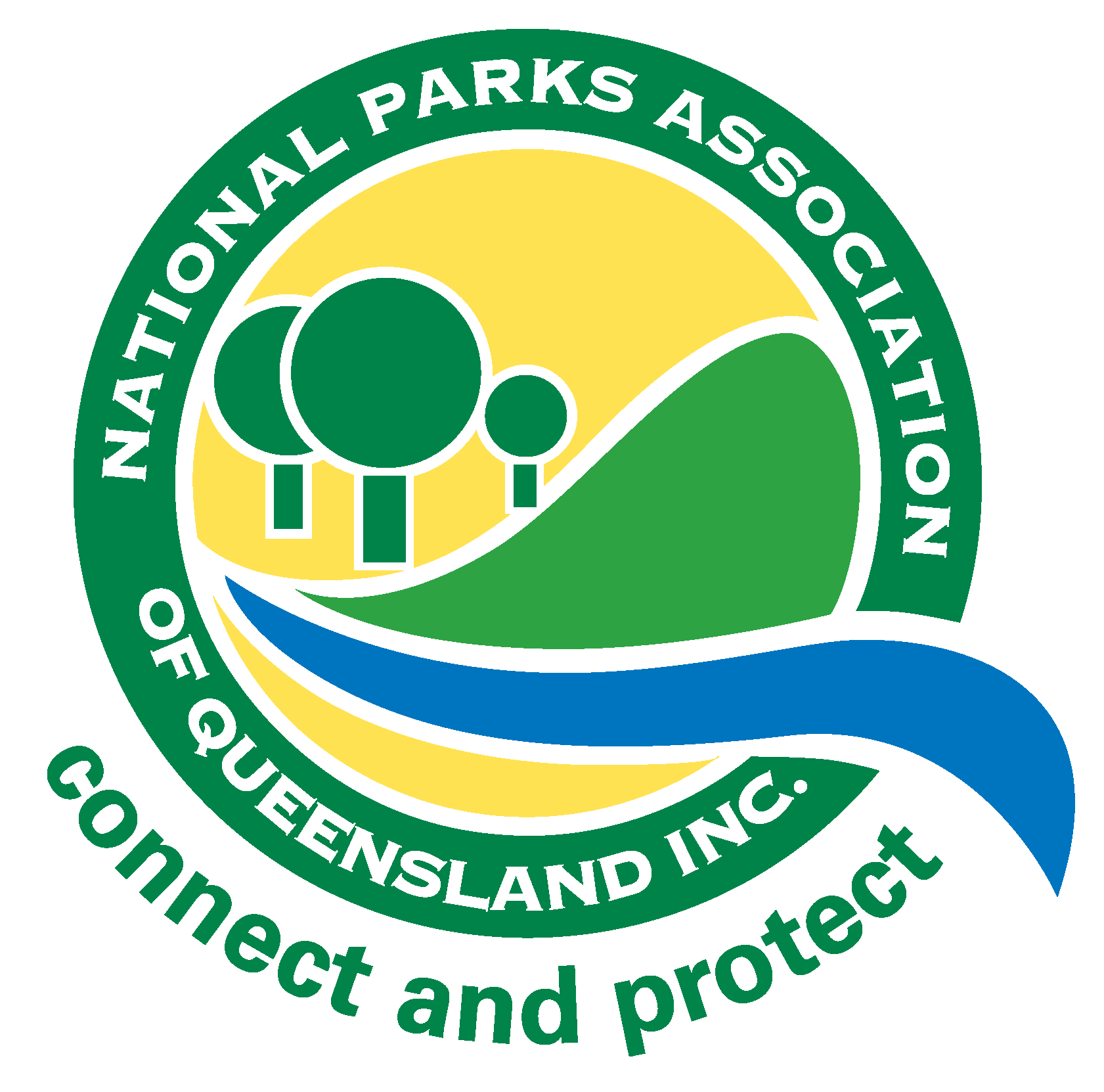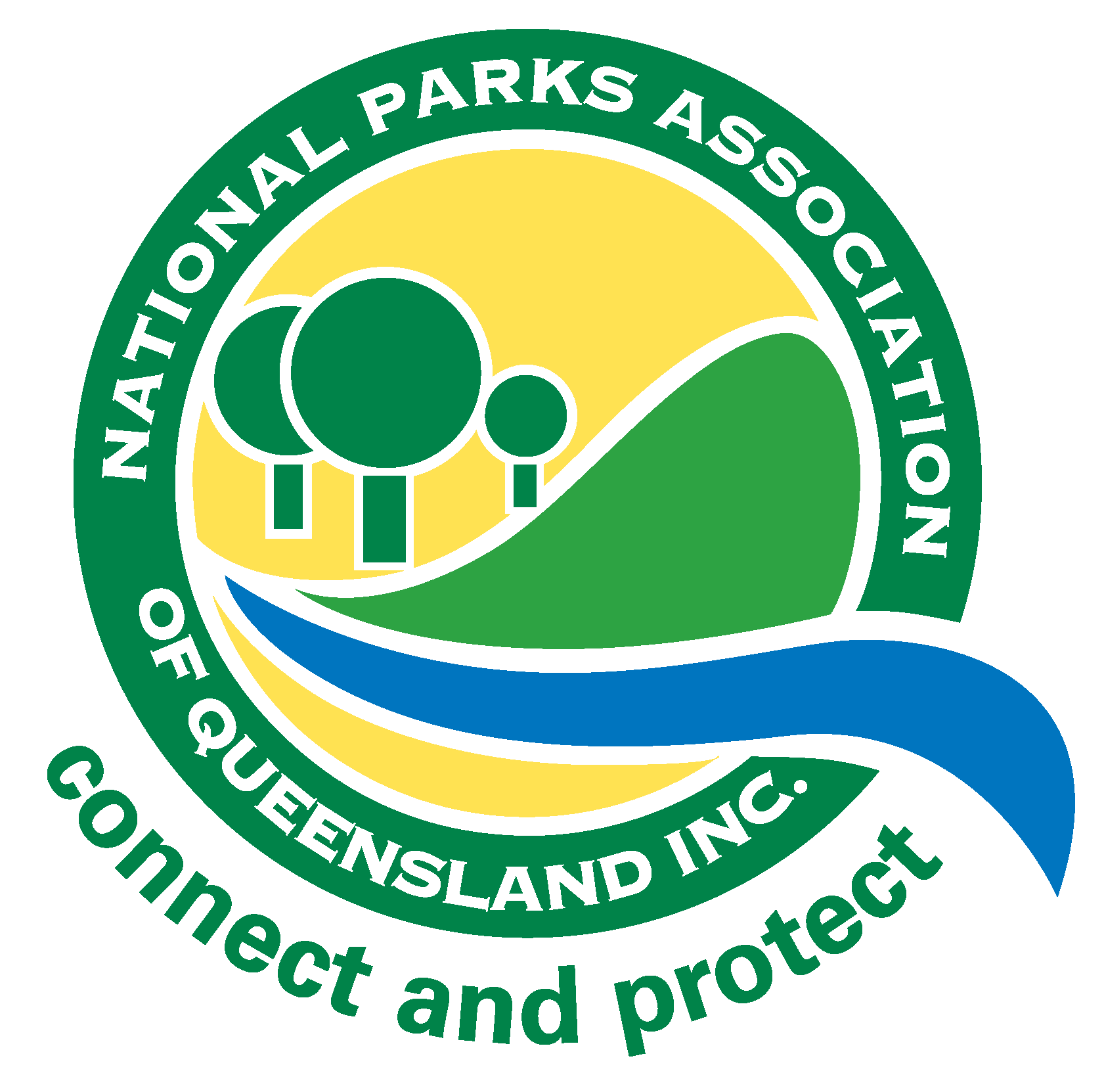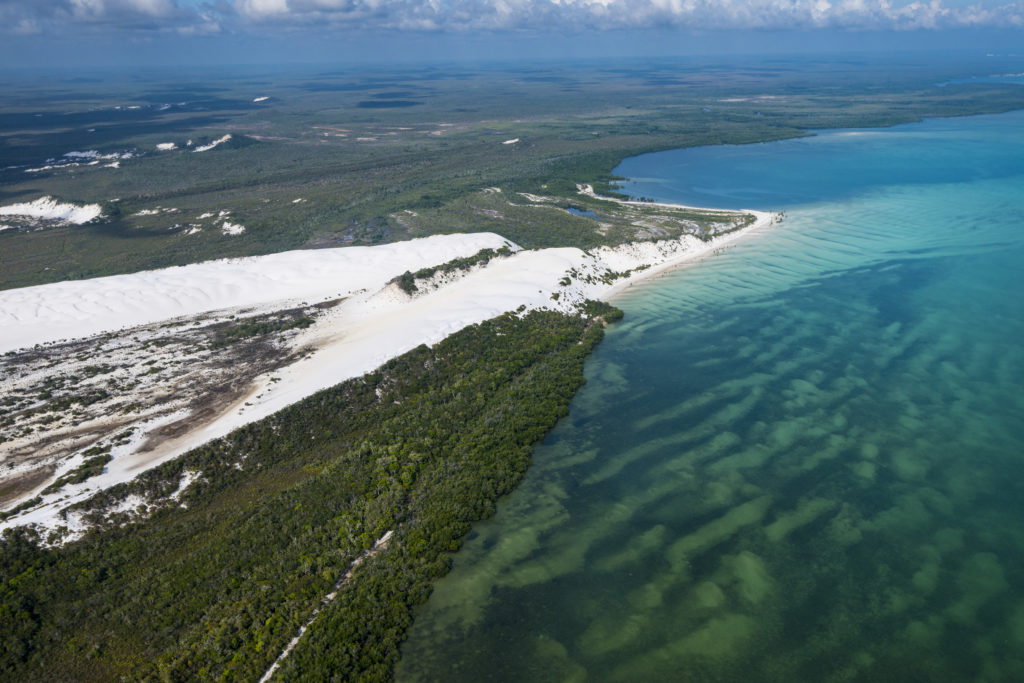Protected Magazine
Indigenous Protected Areas
Nantawarrina, the first Indigenous Protected Area (IPA) in Australia was declared in 1998, on the Adnyamathanha lands (SA), since that time IPAs have grown due to demand from traditional owners across the country.
In October 2022 there are now 81 IPAs nationally, protecting over 85 million hectares of land and over 5 million hectares of sea. IPAs make up around 50% of the National Reserve System and in some cases can be declared across adjoining non-Indigenous held tenure (ie crown lands), and other reserves with the agreement of the landowners. IPAs are voluntary agreements and not legislatively based, so they do not impact on native title or other legal rights. The forming of an IPA happens only after a process of comprehensive consultation, planning and decision making which is initiated and led by the Traditional Owners of that area.
What is unique to Indigenous Protected Areas is that the protection is not limited to just the ecological protection of land and sea, but the cultural values too, recognising the importance of Aboriginal and Torres Strait Islander’s embedded cultural values in Country, and that for Indigenous peoples, culture is part of Country and cannot be separated. In addition, unlike a national park which is managed wholly or partly by the government, IPAs are managed by Traditional Owners.
IPAs have a vast range of benefits including providing environmental outcomes such as the management of flora, fauna, water sources and dealing with threats such as altered fire regimes, invasive species and weeds and the impact of visitors. Plus, there are the social, cultural, and economic benefits for Traditional Owners and the wider community through employment opportunities; increased pride, confidence and skills; and greater opportunity to connect with Country and support intergenerational transfer of knowledge.
The growth of IPAs over the last 24 years is a reflection of the great leadership of Aboriginal and Torres Strait Islander people and is seen as a world leading model. Wildlife is being brought back from the brink of extinction on land and sea country, intact land and sea country is maintained, partnerships are facilitated between traditional owners, government agencies, NFPs, research institutes and scientists, young Indigenous people are thriving in their classroom on Country and Traditional Owners are at the helm.
Only 9% of Queensland is protected under the national reserve system and only 1% of Queensland are Indigenous Protected Areas. Most of the IPAs in Queensland are located in Far North Queensland, the Torres Strait, and in the Gulf of Carpentaria – Angkum (Stage 1), Eastern Kuku Yalanji, Girringun, Kaanju Ngaachi (Wenlock and Pascoe Rivers), Mandingalbay Yidinji, Nijinda Durlga, Pulu, Olkola, Thuwathu/Bujimulla, Warraberalgal and Porumalgal, and Warul Kawa Island. Except for Guanaba, the closest IPA to Brisbane, which is home to the Kombumerri people; and Jamba Dhandan Duringala, southwest QLD on the traditional lands of the Kooma people.
The Queensland government’s successful Indigenous Land and Sea Rangers program has supported practical collaboration with Indigenous Protected Areas by funding ranger jobs managed by local traditional owner run organisations. These rangers can work across IPAs, national parks and other traditional owner managed country.
The Guanaba Indigenous Protected Area is located at the foot of Mt Tambourine in south-east Queensland, covering 100 hectares of dense rainforest and eucalyptus woodlands, in the traditional lands of the Kombumerri people. Before the IPA was dedicated in 2000, there had been extensive logging on the land, and prior to that it was a banana farm, so caring for the area’s biodiversity and returning Country to Indigenous protection was vital.
“It’s the only Indigenous Protected Area in south-east Queensland”, says Kombumerri Ranger
Co-ordinator Matthew Whitelock. “It’s a special and important place culturally and ecologically, and means a lot to the Kombumerri People”.
Threatened species whose habitat is in Guanaba IPA include the Fleay’s barred frog and plant species shrubby jasmine and the spiny gardenia which are both on the endangered list. Guanaba is also home to one of Australia’s largest butterflies – the Richmond birdwing butterfly, which is under threat due to extensive rainforest clearing. Cane toads and cats are the most invasive species which the Kombumerri Rangers are working hard to bring under control in the IPA.
With the recent dire flood events, one of the key roles for rangers has been fixing tracks which were extensively damaged by the floods. Alongside managing and monitoring threatened species, feral pests and invasive plants, the rangers also undertake cultural burning working alongside Firesticks and National Parks. Their cultural work includes mapping scar trees and middens and maintaining culture on country. Education is a vital component of their work, with rangers going out to schools and schools also visiting the Guanaba IPA.
“It just feels so good going out there every day and connecting to Country”, adds Matthew Whitelock. “There’s beautiful creeks and swimming holes. It’s rich in bushtucker and rainforest plants, there’s just an abundance of food out there.”
For the Wuthathi people whose country is 200km from the tip of Cape York Peninsula, their sea country contains some of the most significant green turtle and dugong habitat in the Great Barrier Reef Marine Park. The new Threatened Species Action Plan, unveiled by the Minister for Environment Tanya Plibersek on 4th October 2022, lists the Eastern Forests of Far North Queensland and Raine Island in their list of priority places, both part of Wuthathi Country. Raine island contains shared cultural history with Meriam Nation peoples.
As Elders have done before them Wuthathi people aspire to self-determination, re-establishing the Wuthathi’s boundary and managing Nachi (land) and Karakara (sea) holistically. They are in the final stages of consultation for their new Indigenous Protected Area, protecting Country at Shelburne Bay.
“Although the IPA is yet to be formally dedicated and recognised by the Australian Government as an official protected area, managed to international standards under the International Union for the Conservation of Nature (IUCN), it is clear that the many years of planning and culmination of knowledge embedded in the IPA Plan are a testimony to the enduring strength of Wuthathi people”, says Indigenous Protected Area Co-ordinator Sophie Holt.
“It is fantastic to work alongside Wuthathi to operationalise this plan and see the way in which it is already informing management on the ground…our seagrass and water monitoring projects, for example, and the ongoing development of the Wuthathi ranger base, all of which supports our number one priority – Wuthathi People on Wuthathi Ngaachi.”
With the recent release of the State of the Environment Report setting out some stark warnings about our shared environment, it’s never been more urgent to support Traditional Owners working to care for Country and Culture, and this is what Indigenous Protected Areas are all about.
Bettina Richter is the Communications Manager at Country Needs People, an independent not-for-profit organisation working with and advocating for Indigenous land and sea management with a growing network of over 42 Aboriginal and Torres Strait partner organisations, supported by over 100,000 Indigenous and non-Indigenous Australians. Indigenous rangers and Indigenous Protected Areas deliver strong outcomes for people, culture and nature.


